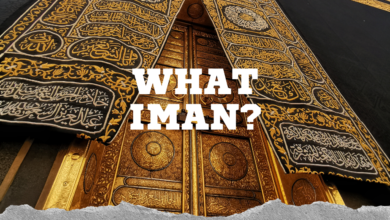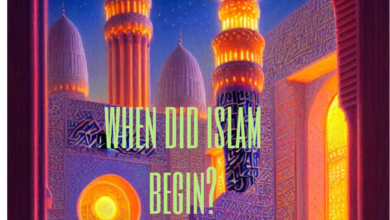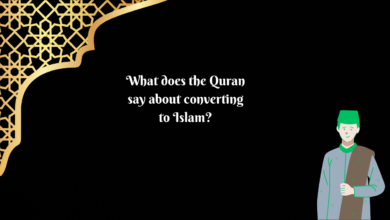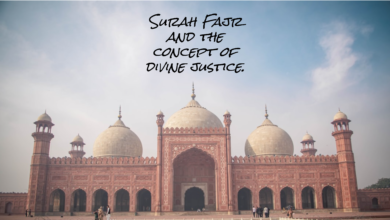Linguistic Beauty and Eloquence in Surah Fajr’s Verses
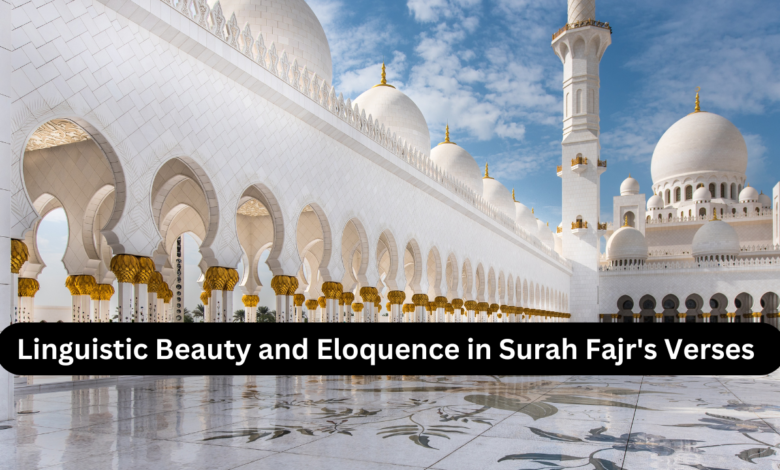
Introduction:
The Quran, the holy scripture of Islam, is a masterpiece of divine guidance, spiritual enlightenment, and unparalleled linguistic beauty. Surah Fajr, the 89th chapter of the Quran, stands as a shining example of the eloquence and poetic majesty of this divine revelation. Composed of 30 verses, Surah Fajr resonates with profound meanings and vivid imagery, leaving an indelible impact on its readers or listeners. This article explores the linguistic beauty and eloquence found in the verses of Surah Fajr, showcasing the divine artistry that lies at the heart of the Quran.
Rhythmic Structure:
The verses of Surah Fajr are characterized by a rhythmic and melodious cadence, drawing listeners into a mesmerizing flow. The skillful arrangement of Arabic words and phrases creates a harmonious balance that captures the essence of the message. The masterful use of rhyme and repetition adds to its captivating allure, making it easier for memorization and recitation, an essential aspect of preserving the Quran’s authenticity.
Striking Imagery:
Surah Fajr paints vivid pictures through its profound imagery, evoking powerful emotions and stirring the soul. In the opening verses, the oath of the dawn and the ten nights serves as a captivating prelude, setting the stage for a remarkable journey through time and history. The verses that follow recount the stories of the ancient peoples of ‘Ad, Thamud, and Pharaoh, whose arrogance and transgressions led to their downfall. The eloquent descriptions of their punishment and the subsequent restoration of the righteous leave a lasting impact on the reader, instilling a sense of awe and humility.
Rhetorical Devices:
The Quran employs various rhetorical devices to convey its message effectively. Surah Fajr showcases the profound use of metaphors, similes, and contrasts to enhance the power of its discourse. For instance, in verse 11, the contrast between the righteous and the wicked is presented as the “gardens of bliss” versus the “blazing Fire.” This stark juxtaposition heightens the reader’s understanding of the consequences of their actions and choices.
Repetition for Emphasis:
Repetition is a key feature in Surah Fajr that adds to its eloquence. The repetition of the phrase “Is there [not] in [all] that an oath [sufficient] for one of perception?” (verses 15, 19, 21) emphasizes the importance of reflection and contemplation on the signs of God in the universe. This rhetorical technique not only emphasizes the central message of the chapter but also encourages believers to ponder over the creation around them and derive lessons from it.
Emotional Impact:
Surah Fajr is an emotionally charged chapter that touches upon themes of gratitude, warning, and divine mercy. The powerful expression of emotions, both by the Creator and the created, resonates deeply with readers, creating a profound connection with the divine. It reminds believers of the transient nature of life and the need for gratitude and humility in the face of God’s bounties.
Conclusion:
Surah Fajr stands as a timeless testament to the linguistic beauty and eloquence of the Quran. Through its rhythmic structure, striking imagery, effective use of rhetorical devices, and emotional impact, the chapter captures the essence of divine wisdom and guidance. The eloquence of Surah Fajr goes beyond its aesthetic appeal; it serves as a source of inspiration, a guide for righteous living, and a reminder of the consequences of one’s actions. As believers delve into its verses and contemplate its profound meanings, they are bound to experience the beauty and eloquence that sets the Quran apart as the ultimate literary masterpiece and a divine revelation of unparalleled significance.
